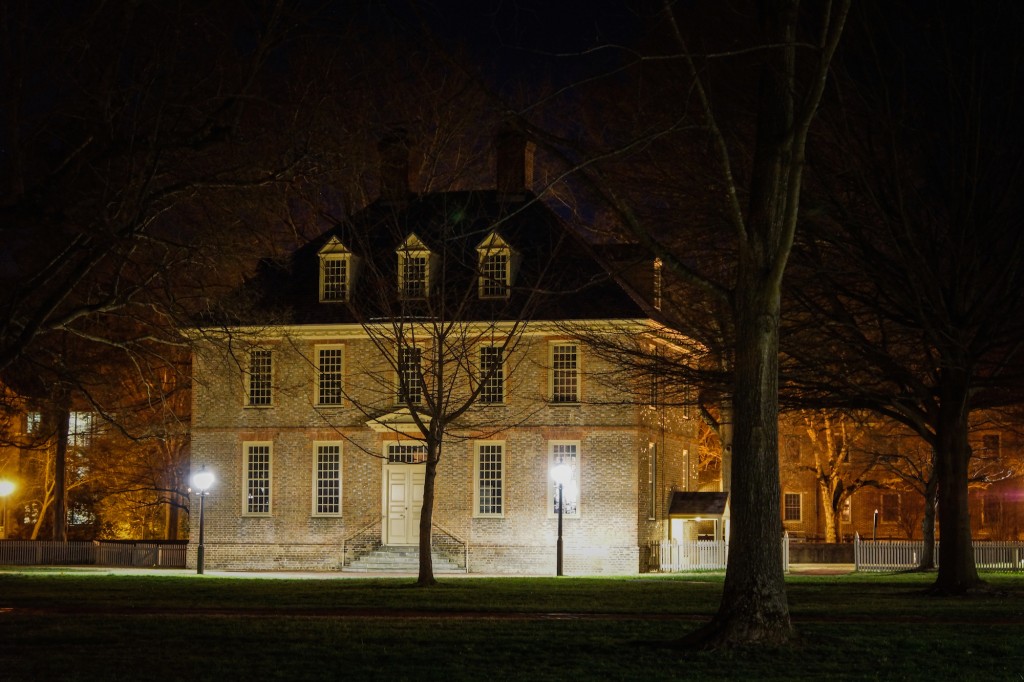Welcome to the College of William and Mary! William and Mary was founded by royal charter in 1693, making it the second oldest college in the US after Harvard, pre-dating Williamsburg as the capital of the Virginia colony. But long before 1693 in the second surviving English settlement after Jamestown, Henricus, the settlers were very prosperous and so the Virginia Company of London proposed building a college in 1619.
However, the first Indian massacre in 1622 killed about one-‐third of the colonial population, and the plans for opening a college were cancelled. Once William and Mary was finally chartered in 1693, the charter contained a section that said the college would also operate a school for Indian boys, to train them to be Christian ministers and to show them the virtues of English culture, so that when they returned to their tribes they would serve as missionaries to convert the Indians to the English way of life, preventing any further wars and helping the English to expand their territory more rapidly. However, this plan did not work well. The College could not get any volunteers for their school until 1707, when six boys were taken as prisoners of war from a warring tribe and given to the colony as tribute. This first class stayed with local residents in town, much like a foreign exchange program. Many students were abused by their colonial guests, and died of disease. Many of the boys did not speak the same language and would fight, as they were from warring tribes. To create a better atmosphere for the students, a dedicated house for the boys was built in 1723 after a wealthy donor in England left a large sum for the school’s operation in his will.
That house was the Brafferton House, also known as the Indian School. The boys slept on the second and third floors, but were still catching diseases from the colonists. Many of them escaped to return to their tribes in an attempt to be cured or healed. In response, the college barred the doors so the boys could not escape. As a result, many Indian boys died inside the building. At times, students would come up to the steps to sit, and from behind them they would hear the doorknob turn. They would also hear the door shake, the sounds of voices behind the door, and hands pressing and scratching from the inside of the door. These are the ghosts of the boys who died inside the building, unable to escape.
A visiting professor who once stayed on the top floor of the building for a semester remarked that twice during his stay he was awakned in the middle of the night by the sounds of footsteps, voices, and a tom tom drum beating in the room with him, as he lay in bed petrified with fear. The Brafferton House is the oldest and most original building on the William and Mary campus, and the second most original in Williamsburg after the Bruton Parish Church. The Brafferton house is home to the most famous ghost at William and Mary, one Indian boy who is still seen on campus. He created a makeshift rope, threw it out the window from the second floor and climbed down so he could be free and run around campus. He would return to the room to resume his studies the next day.
One morning, faculty discovered the window open and a rope out the window. They discovered one of the students was unaccounted for, and searched for the boy. They found his body in what is today called the sunken gardens, the place where he was known to run. No reason was given for his death, but it is believed that a rival Indian student killed him. Despite his death, the boy is still seen running through campus, usually over the sunken gardens. Now, lets make our way to the Sunken Garden to see the place where they found his body and where his ghost is commonly spotted today.







